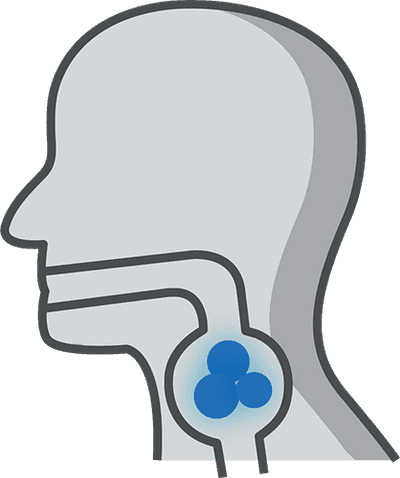Preparing for Your Upper Endoscopy: What You Should Know
Blog

If you’ve been scheduled for an upper endoscopy, you may have questions about how to prepare, what the procedure involves, and what to expect afterward. At NYGA, our goal is to make your experience as comfortable and stress-free as possible.
In this guide, we’ll walk you through each step of the process, from prep instructions and day-of expectations to recovery and post-procedure care so you can feel informed, confident, and ready.
What Is an Upper Endoscopy
An upper endoscopy is a valuable diagnostic tool that enables your gastroenterologist to visualize the upper part of your digestive tract in real time. It’s used to investigate symptoms like persistent heartburn, nausea, abdominal pain, difficulty swallowing, or unexplained weight loss, and provides critical insight into conditions like acid reflux, ulcers, celiac disease, or inflammation.
This nonsurgical procedure enables your gastroenterologist to visually examine the inside of your esophagus and stomach and the first part of your small intestine using a thin, flexible tube equipped with a camera at its tip. While the procedure is quick and generally well-tolerated, proper preparation is essential for ensuring safety and accuracy.
Upper Endoscopy Prep to Follow
Preparing properly ensures your procedure goes smoothly and yields the most accurate results.
Here’s what you need to know:
- Seven days before your procedure: Stop taking NSAIDs such as Motrin, Advil, and Aleve. If you’re taking aspirin, reduce the dose to 81mg daily. Contact NYGA immediately if you’re taking blood thinners or diabetes medications.
- The day before your procedure: You can eat normally until eight hours before your appointment.
- Eight hours before: Stop all solid foods. You may drink only clear liquids such as water, apple juice, clear broth, or plain tea (without milk or cream). Avoid anything red, orange, or purple.
- Three hours before: Stop all food and drink, including water.
You will also need to arrange for someone to take you to and from your appointment, as you won’t be able to drive after the procedure.
What to do if you accidentally eat before your endoscopy
If you mistakenly eat or drink anything within three hours of your scheduled procedure time, notify NYGA immediately. Your safety is our top priority, and the procedure may need to be rescheduled to minimize risks associated with sedation.
What to Expect During the Procedure
When you arrive for your procedure at the Endoscopy Center of New York or one of our other two convenient Manhattan locations, please plan to check in 30-60 minutes prior to your scheduled appointment time. You'll meet with the clinical team, review your health history, and be given a light sedative to help you relax.
Once you're sedated, the gastroenterologist will gently pass the endoscope through your mouth and into your upper digestive tract. The camera enables your doctor to view the lining of your GI tract in real time and take biopsies if necessary. The procedure is painless, and most patients have no memory of it afterward.
Recovery After an Upper Endoscopy
You’ll spend a short time in recovery as the sedation wears off. Most patients feel alert within an hour and can go home soon after.
Post-procedure care
After your endoscopy:
- You must have someone to take you home. You may not drive for the rest of the day.
- You may experience a mild sore throat or bloating, both of which are normal and should resolve within a few hours.
- You can resume eating once you’re fully awake and able to swallow comfortably. Begin with light foods and gradually reintroduce your regular diet, unless otherwise instructed by your doctor.
- If biopsies were taken, your results will typically be shared 1-2 weeks later through your NYGA patient portal.
If you develop severe pain, fever, vomiting, or bleeding, contact NYGA immediately or seek emergency care.
Ready to take the next step toward better digestive health? At NYGA, our experienced gastroenterologists and care team are here to guide you through every part of the process, from prep to recovery.
Don’t wait—prioritize your health today
